

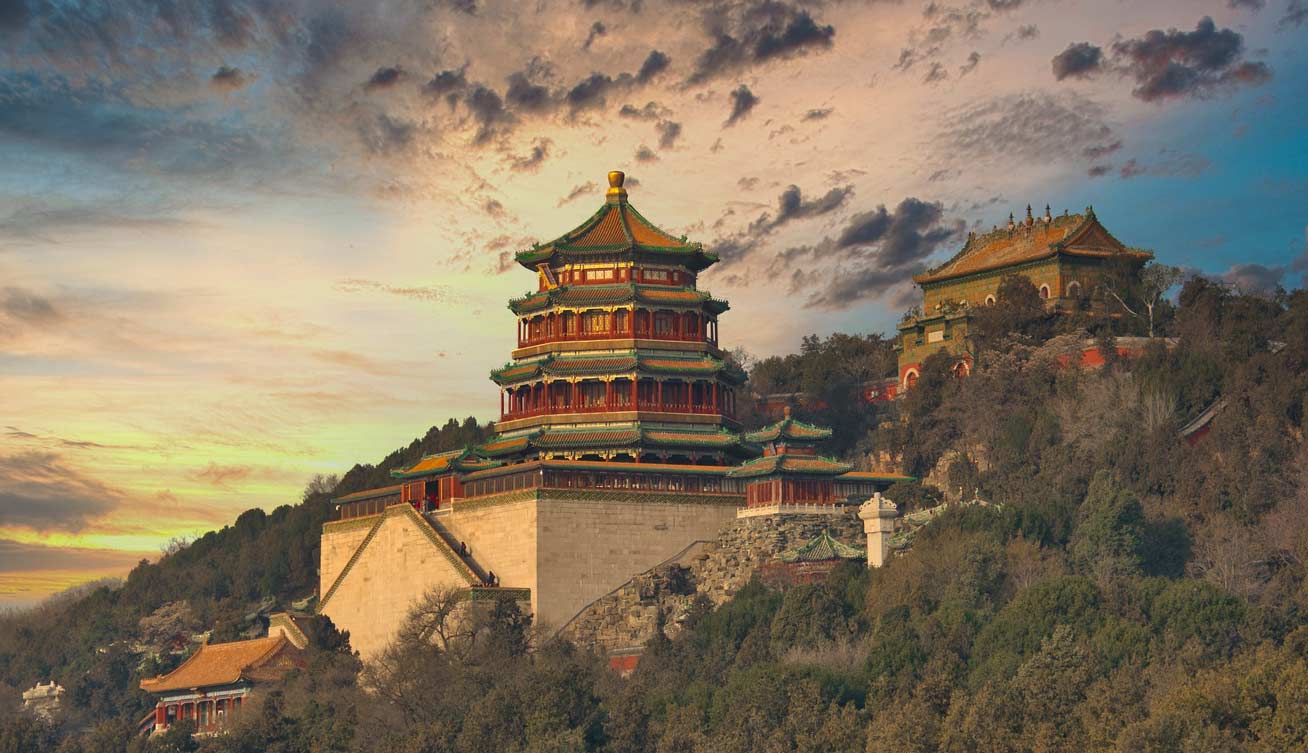
Welcome to Beijing, a city steeped in history and culture! As you explore the bustling streets and modern skyscrapers, don’t miss the opportunity to discover the UNESCO World Heritage Sites that grace this remarkable city. These sites provide a glimpse into Beijing’s rich past, offering a window into the ancient Empires that once thrived here. In this article, we will take a closer look at some of the most iconic UNESCO World Heritage Sites in Beijing, each showcasing the magnificence of Chinese heritage.
No visit to Beijing is complete without experiencing the awe-inspiring grandeur of the Great Wall of China. Stretching across rugged mountain ranges and vast landscapes, this remarkable architectural marvel is a testament to the ingenuity and determination of ancient Chinese civilizations. The Great Wall served as a formidable defense system, protecting the empire from invaders and preserving the Chinese way of life.
The Great Wall, with its UNESCO World Heritage status, stands as a proud symbol of Chinese history and national pride. The wall spans over 21 000 kilometers (13 000 miles), with designated World Heritage Sites encompassing the most significant and well-preserved sections. Notable among them are Badaling and Mutianyu, which attract millions of visitors each year. These sections showcase the remarkable construction techniques employed by ancient Chinese builders and provide breathtaking panoramic views of the surrounding landscapes.
The Great Wall of China has captured the imaginations of people worldwide, and its historical and cultural significance cannot be overstated. It symbolizes the resilience and determination of the Chinese people throughout the centuries of their civilization’s existence.
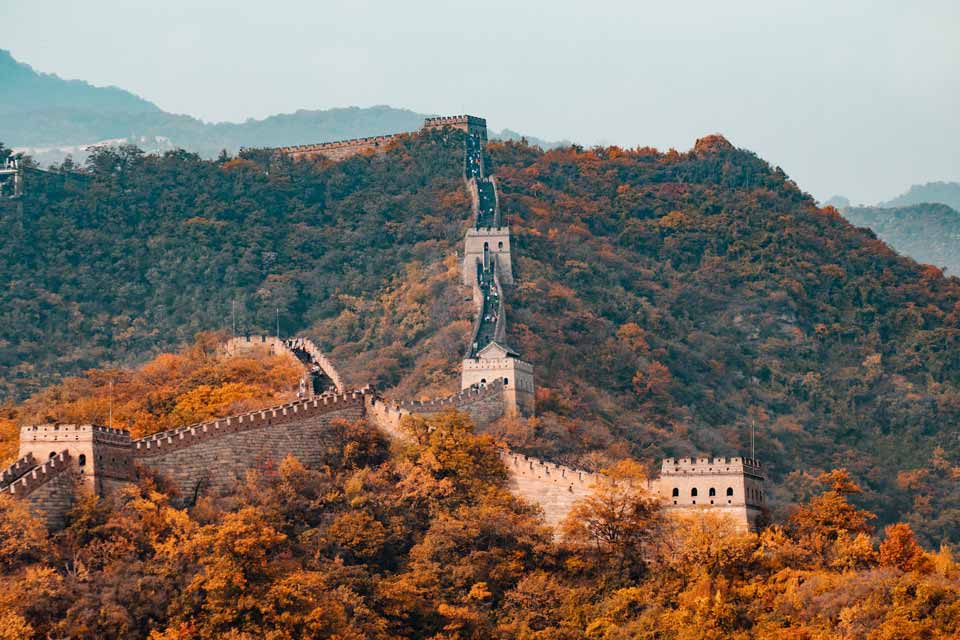
Step into the grandeur of the Forbidden City, an architectural masterpiece that once served as the imperial palace during the Ming and Qing dynasties. This sprawling complex, covering an area of 180 acres (728 434 Square meters or 871 199 square yards), is a testament to the extraordinary craftsmanship of ancient Chinese artisans and the great wealth of imperial life.
The Forbidden City, also known as the Palace Museum, comprises numerous palaces, ceremonial halls, and gardens. Its architectural style, characterized by intricately carved wooden structures, ornate decorations, and vibrant colors, reflects the pinnacle of traditional Chinese palace architecture.
As you wander through its vast courtyards and ornate palaces, including the Hall of Supreme Harmony, the Palace of Heavenly Purity, and the Hall of Preserving Harmony, you can’t help but be captivated by the rich history and cultural significance that permeates every corner of this UNESCO World Heritage Site.
The Forbidden City served as the political and ceremonial center of the Chinese empire for over five centuries. Emperors conducted affairs of state, hosted grand ceremonies, and received foreign dignitaries within its walls. Today, the Palace Museum showcases an extensive collection of imperial treasures, including imperial paintings, calligraphy, ceramics, and rare artifacts.
The Forbidden City’s UNESCO World Heritage status not only recognizes its architectural significance but also highlights the ongoing preservation efforts to protect this extraordinary site for future generations.
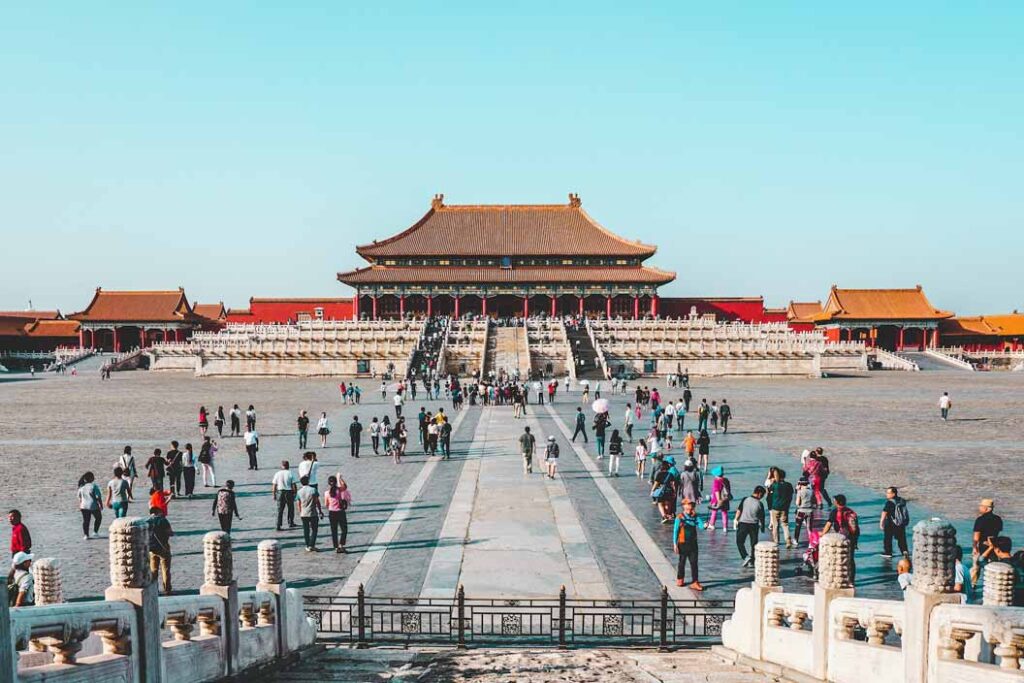
Immerse yourself in the spiritual ambiance of the Temple of Heaven, a sacred site that served as a place of worship for Chinese emperors. Built during the Ming Dynasty in the early 15th century, the Temple of Heaven exemplifies the harmonious relationship between heaven and earth, a fundamental concept in Chinese philosophy and religion.
The Temple of Heaven, with its architectural beauty and symbolic importance, is truly awe-inspiring. The temple complex covers an area of 2.73 square kilometers (1.05 square miles) and consists of several main structures, including the Hall of Prayer for Good Harvests, the Imperial Vault of Heaven, and the Circular Mound Altar.
The Hall of Prayer for Good Harvests, with its iconic triple-tiered roof and intricate wooden construction, is the most recognizable structure within the complex. It was here that emperors would conduct ancient rituals, praying for bountiful harvests and the well-being of their people.
The Circular Mound Altar, a magnificent stone platform, is where the emperor would perform solemn ceremonies during the winter solstice, seeking divine blessings for the empire. The meticulous design and precise layout of the Temple of Heaven symbolize the cosmological beliefs of ancient China, embodying the profound connection between heaven and earth.
Recognized as a UNESCO World Heritage Site, the Temple of Heaven stands as a testament to the architectural achievements of the Ming Dynasty and the spiritual practices of ancient China. The site’s preservation efforts aim to safeguard its cultural significance and ensure that future generations can appreciate its profound beauty.
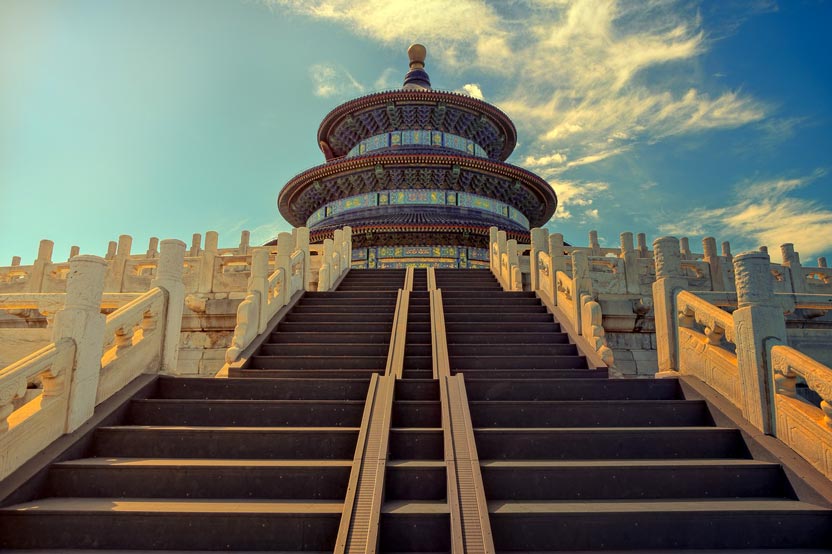
Escape the bustling city and find tranquility at the Summer Palace, a harmonious blend of natural beauty and architectural splendor. Nestled amidst Kunming Lake and Longevity Hill, this imperial garden served as a retreat for the royal family during the scorching Beijing summers.
The Summer Palace, known as Yiheyuan in Chinese, spans an area of 290 hectares (2.9 square kilometers or 1.19 square miles) and is dominated by Longevity Hill, which rises 60 meters (200 feet) above the surrounding landscape. The palace complex features numerous halls, pavilions, bridges, and gardens, all meticulously designed to harmonize with the natural surroundings.
As you stroll through its meandering pathways, cross ornate bridges, and explore pavilions adorned with vibrant colors and intricate details, you’ll be transported to a world of serenity and beauty. The Hall of Benevolence and Longevity, overlooking the tranquil Kunming Lake, stands as a testament to the exquisite craftsmanship of Chinese artisans.
The Summer Palace reflects the imperial taste for elegant garden landscapes, combining elements of Chinese garden design with architectural features inspired by Buddhist temples. The site’s UNESCO World Heritage status recognizes its cultural and historical significance, as well as the ongoing efforts to preserve its architectural splendor and natural landscapes.
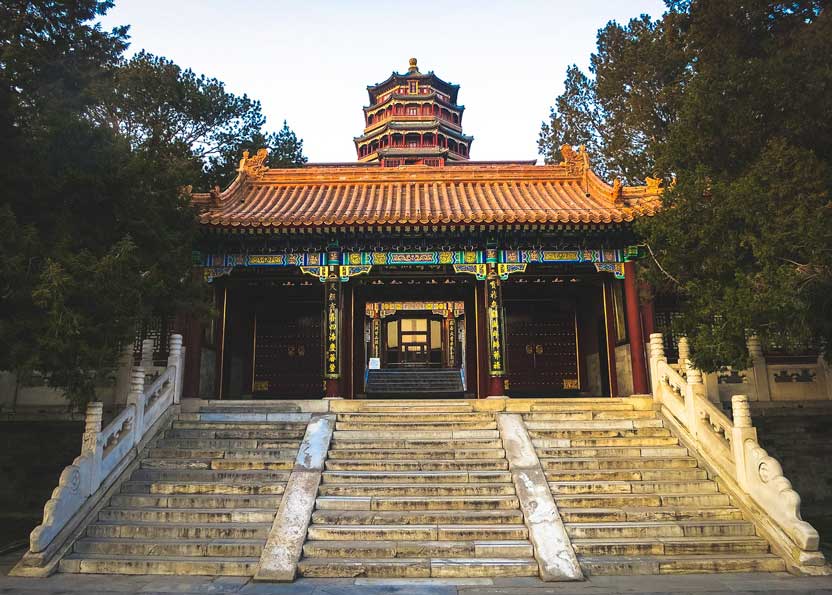
Discover the final resting places of emperors at the Imperial Tombs of the Ming and Qing Dynasties. These sacred burial grounds reflect the profound reverence ancient Chinese societies held for their ancestors and provide insight into the elaborate funeral rituals of the imperial court.
Among the most notable are the Ming Tombs, located in the suburban area of Changping, where thirteen emperors of the Ming Dynasty lie. The tombs are surrounded by serene landscapes and boast grand mausoleums, adorned with elaborate stone carvings and sculptures.
Similarly, the Eastern Qing Tombs, situated in Hebei Province, serve as the final resting place for five Qing emperors, along with their empresses and concubines. These tombs, characterized by their elegant architecture and tranquil settings, stand as a testament to the grandeur and cultural heritage of the Qing Dynasty.
The UNESCO World Heritage designation of the Imperial Tombs of the Ming and Qing Dynasties acknowledges their historical and architectural significance. Ongoing preservation efforts ensure that these sacred sites are protected, allowing visitors to glimpse the grandeur of imperial funeral traditions.

Uncover the mysteries of human evolution at the Peking Man Site in Zhoukoudian. This archaeological treasure trove has yielded vital evidence about our ancient ancestors and provided groundbreaking insights into human evolution.
The Peking Man Site gained international recognition in the 1920s when archaeologists discovered fossils and artifacts that revolutionized our understanding of early hominids. These remains, dating back hundreds of thousands of years, represent a crucial link in the evolutionary chain between Homo erectus and modern humans.
Excavations at Zhoukoudian continue to this day, unearthing new fossils and shedding light on the behaviors and lifestyles of our ancient relatives. The site’s UNESCO World Heritage status recognizes its scientific importance and the valuable contributions it has made to our understanding of human origins.
Visiting the Peking Man Site offers a unique opportunity to witness ongoing archaeological research and gain a deeper appreciation for the rich tapestry of human history.

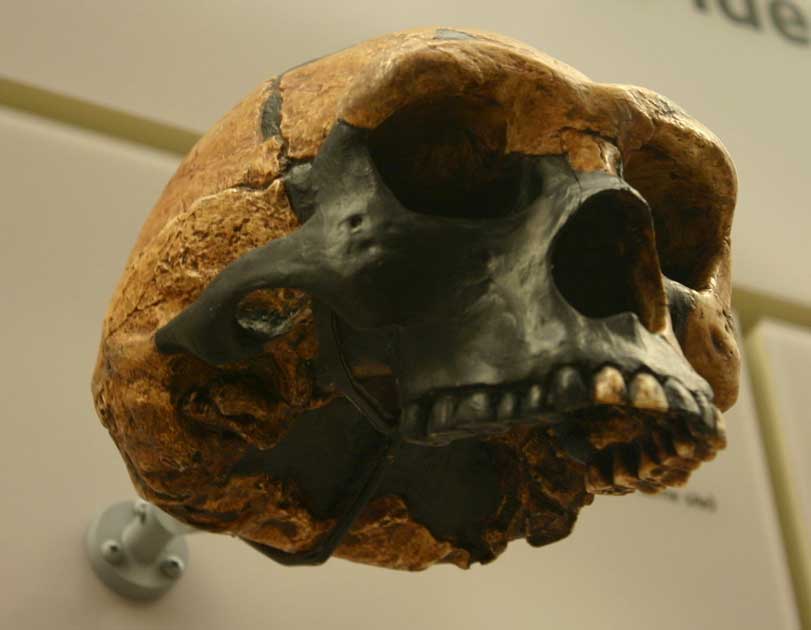
Embark on a journey along the Grand Canal, an astonishing feat of engineering that spans over 1,100 miles across China. This ancient waterway served as a vital transportation and trade route, connecting northern and southern China.
The construction of the Grand Canal began over 2 000 years ago, during the Sui Dynasty, and continued through subsequent dynasties. It played a crucial role in the economic and cultural exchange between different regions of China, facilitating the transportation of goods, fostering cultural exchange, and shaping the development of cities along its route.
As you cruise through its serene waters, passing through historic cities like Suzhou, Hangzhou, and Yangzhou, you’ll witness the vibrant cultural heritage that flourished along its banks. Picturesque landscapes, charming canal-side villages, and graceful arched bridges evoke a sense of timeless beauty.
The Grand Canal’s UNESCO World Heritage status acknowledges its historical and technological significance, as well as its enduring cultural and economic importance. Efforts to preserve and restore this remarkable waterway ensure that its legacy remains intact for future generations to appreciate.
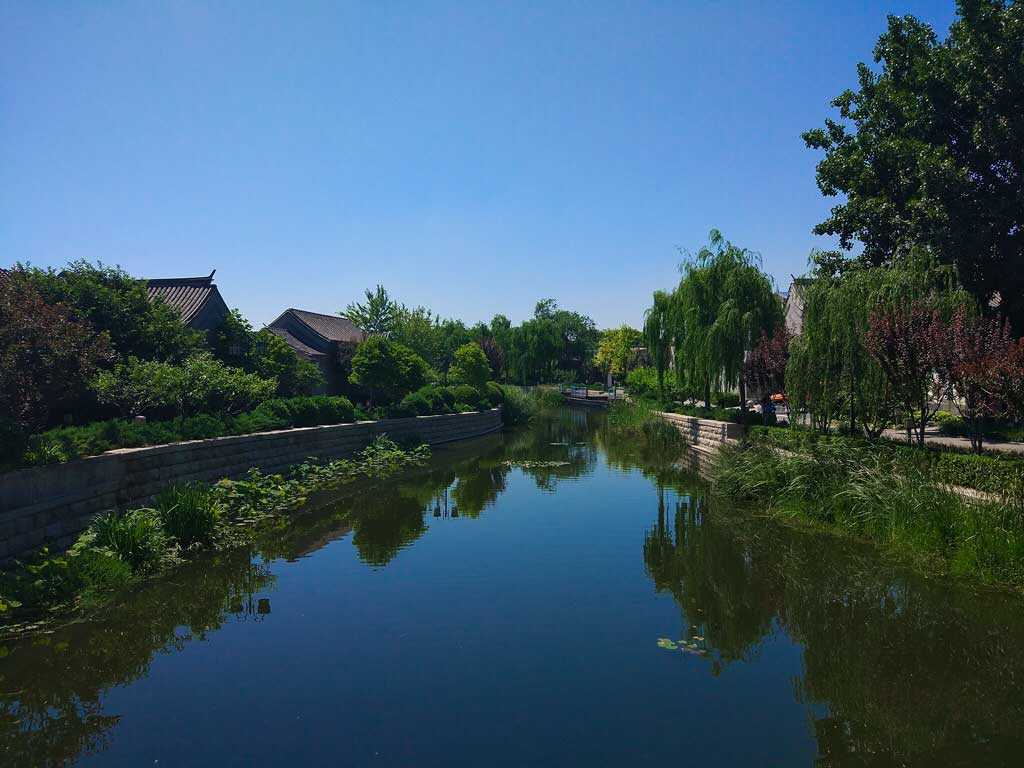
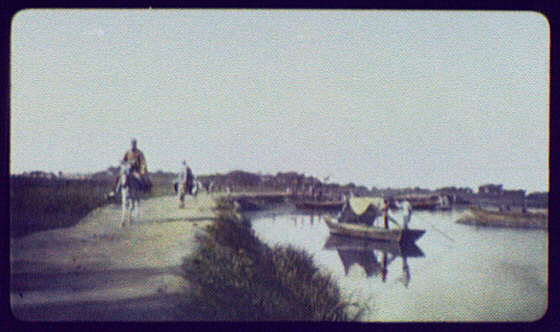
In conclusion, Beijing’s UNESCO World Heritage Sites offer a captivating glimpse into China’s rich history and cultural heritage. From the awe-inspiring Great Wall to the imperial majesty of the Forbidden City, each site tells a unique story of ancient civilizations and remarkable achievements.
As you explore these sites, you’ll not only be immersed in the grandeur of China’s past but also witness the ongoing efforts to preserve and protect these invaluable treasures for future generations. Beijing’s UNESCO World Heritage Sites are a testament to the cultural legacy of China and the importance of safeguarding these treasures to ensure that their beauty and significance endure.
So, come and embark on a journey through time and marvel at the wonders that Beijing’s UNESCO World Heritage Sites have to offer. Discover the stories that shaped a nation, immerse yourself in the architectural splendor of the past, and gain a deeper appreciation for the rich tapestry of Chinese history and culture.
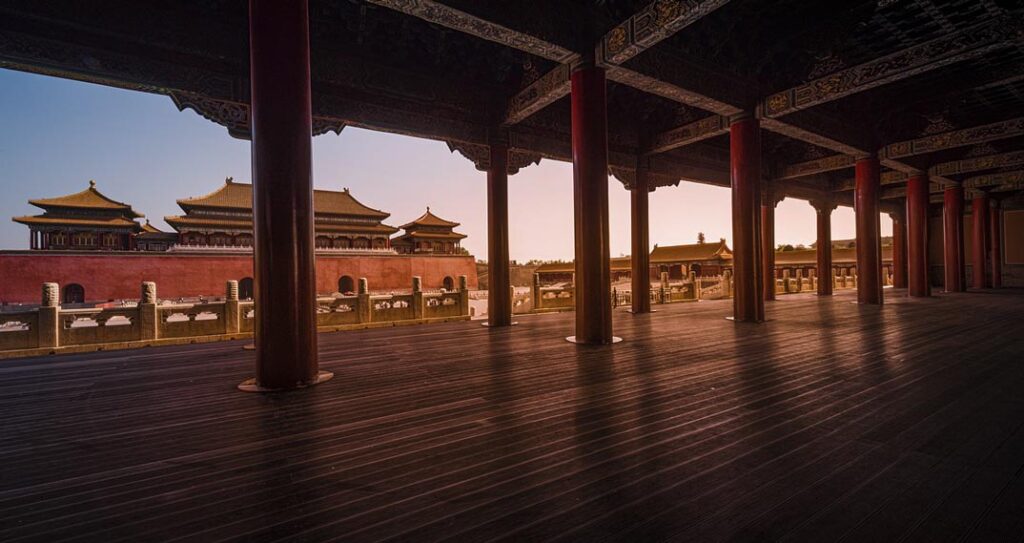
If you enjoyed this article and would like to see some fun facts about Beijing the city that is home to these UNESCO world heritage sites click here to see 23 Fun and Interesting Facts about Beijing!